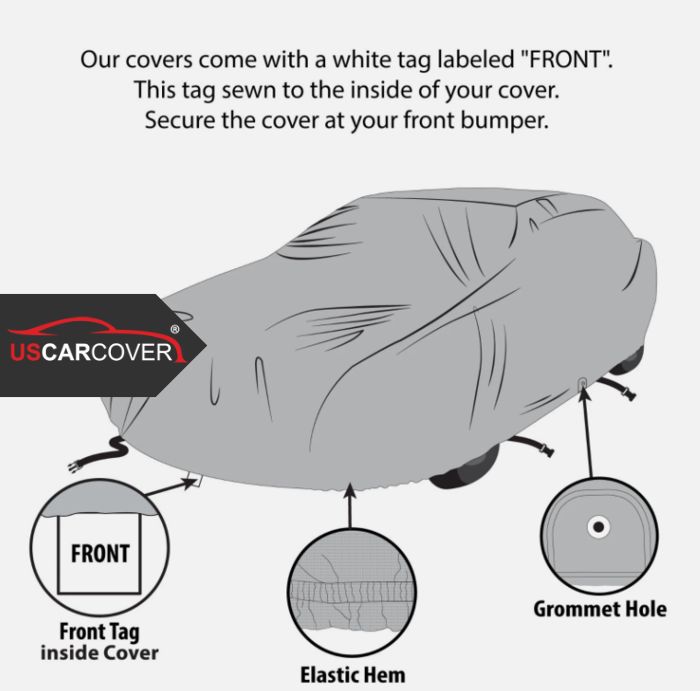
Geo car cover is not just a sheet you pull up when the sky looks rainy. For Geo owners in the United States, where parking and weather swing quickly from Sun Belt heat to coastal salt air and Snow Belt cold, a “right-mechanism” cover is a small habit that makes a big difference: lower maintenance costs, longer life for 90s interior plastics, and value that holds over the years. Many owners share the same story: the longer they drive, the thicker the care schedule gets; plastic dashboards and door trims show fine cracks; glass collects mineral spots after weeks of steady rain; the thin paint starts to show micro swirl marks. All of this feels “inevitable,” but most of it comes from damage mechanisms you can control simply by covering with the right material, the right fit, and the right routine.
Related Articles: Genesis car cover: extend vehicle lifespan by blocking dust, leaves, UV, and heavy rain
Why Geo vehicles deserve thorough protection
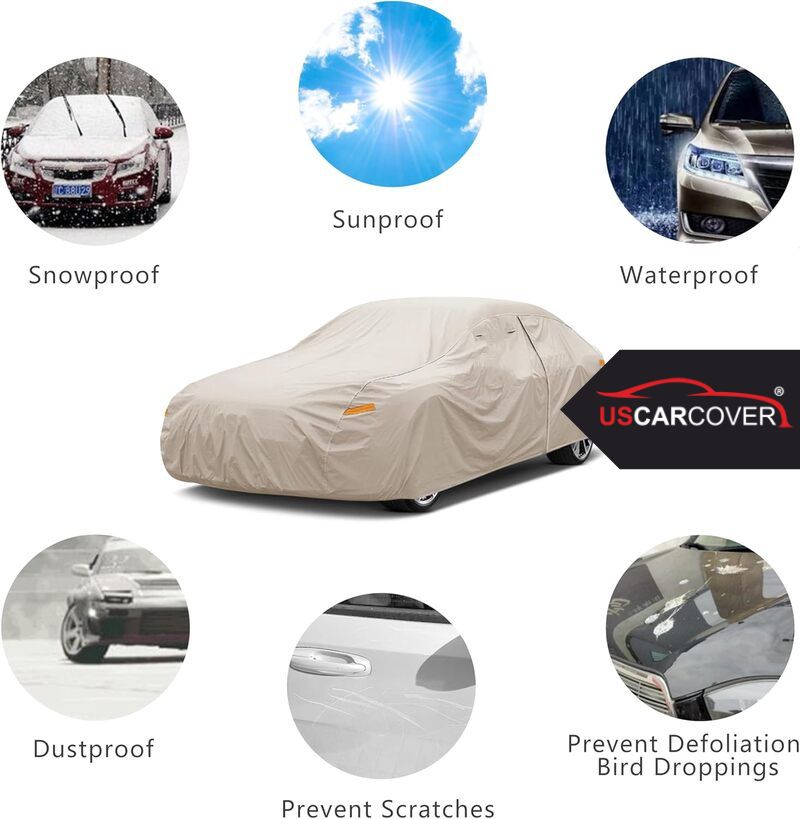
Every Geo (Metro, Prizm, Tracker, Storm) reflects an era of compact, efficient, mechanically simple, durable cars. Their strengths are easy maintenance, low operating cost, nimble city manners, and a friendly, unpretentious vibe. That is why many still serve daily commutes, while others have become family keepsakes or early collectibles. The 90s generation, however, has natural weaknesses: paint and clear coats are often thin, dashboards and trims have aged, rubber seals are tired, and matte-black plastics fade easily. These already “older” materials live in a tough U.S. environment: urban fine dust, pollen, leaves, tree sap, long rains with minerals, desert windblown sand, and coastal salt mist. Each day brings another small round of abrasion and exposure. Leaving the car bare converts micro wear into visible repair bills. Building a habit with a properly designed Geo car cover blocks most hazards at the front door and pushes those bills further into the future.
Related Articles: Freightliner car cover: convenient and durable, snow resistant, UV resistant, rain resistant, effective tractor protection
Why your maintenance schedule keeps getting thicker (and how it can get thinner)
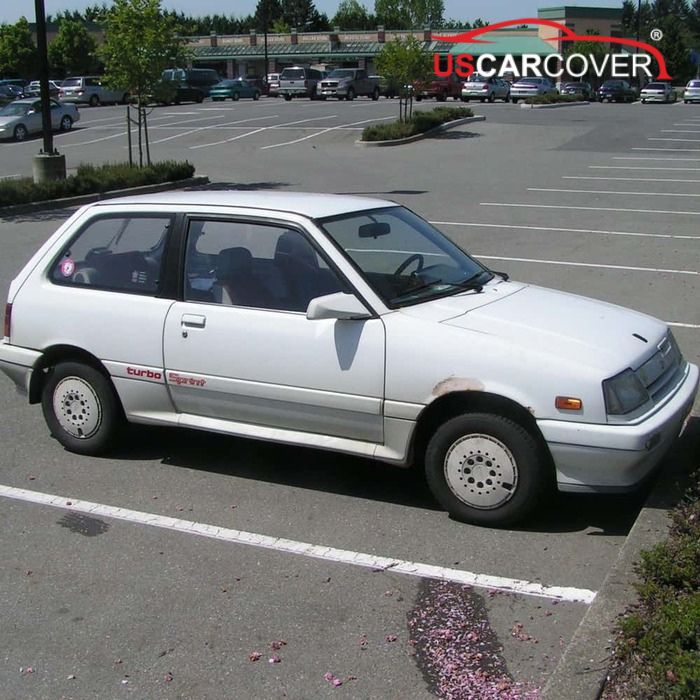
A midday stop under trees ends with an urgent wash because leaves and sap glued to the hood. A few rainy spells leave cloudy trails on the small windshield; under garage light at night, swirl marks on the paint are more obvious than you hoped. At the shop, the tech suggests corrective polishing earlier than planned. Then the plastic dashboard and door trims begin to dry, chalk, and show hairline cracks near the glass. These do connect back to three root causes:
First: micro friction from dust, grit, and leaves. Tiny hard particles cling to surfaces. One sideways drag with a dry towel or a poorly fitted fluttering cover turns them into sandpaper. On the thin paint of a 90s car or a fresh clear coat after a respray, micro swirls appear quickly and force earlier correction.
Second: UV and heat fast-forward interior aging. Sunlight through glass makes plastic, vinyl, and leather expand and contract repeatedly. UV breaks down surface polymers, leading to fading, cracking, and failing adhesives. Areas near the windshield and vents sit “on the front line,” so they degrade first.
Third: trapped moisture and minerals. Rain, coastal mist, and meltwater carry minerals. If they are pressed between the surface and a non-breathable cover, they leave mineral spots and a musty odor. Over time, panel edges and fasteners can show light corrosion.
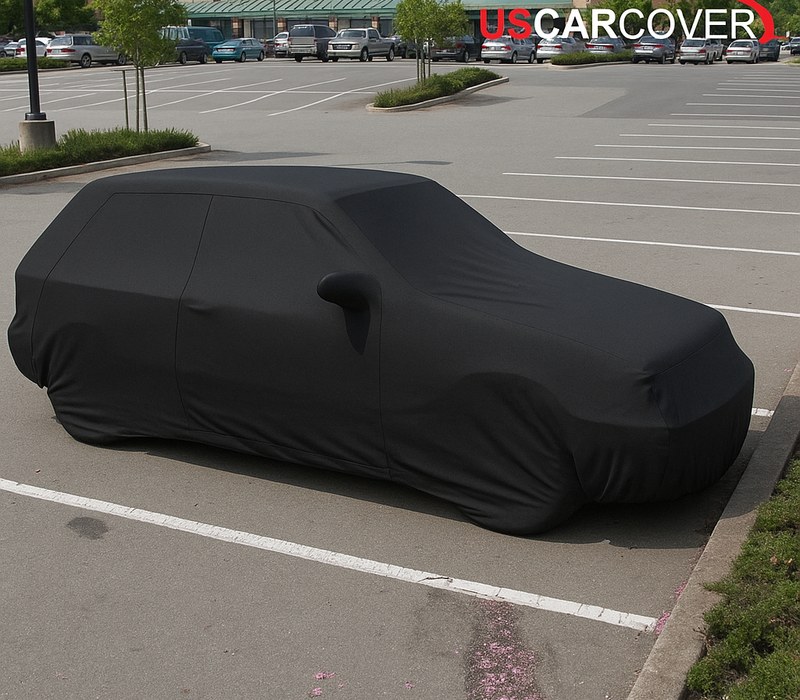
Reading the chain from cause to effect, you can see that the fix is not constant replacement. It is to block the damage mechanisms with a cover that is breathable, ultra soft-lined, custom fit, UV reflective, and water resistant by beading.
Related Articles: Compact and durable, rain resistant, strong UV protection, effective cabin cooling
“Reducing maintenance” starts with covering correctly: what a right-mechanism cover does for you
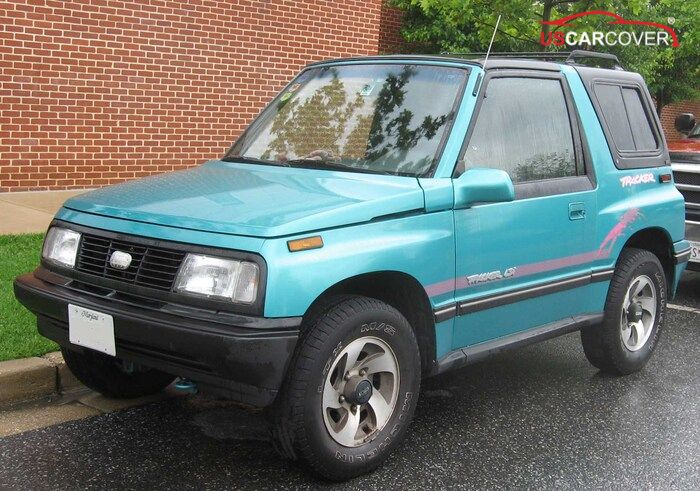
A worthwhile Geo car cover behaves like a small system that solves multiple problems at once, not just a heavy, inert tarp.
On friction: An ultra soft liner (fine microfiber or quality fleece) sits on paint and glass like a glove, cutting the risk of swirl marks when there is slight movement. But “soft” cannot save a generic, oversized tarp. Extra volume creates wind cavities, the cover flutters, and grit gets dragged. That is why custom fit is the real lock: mirror pockets fix location, elastic hems hug the edges, a proper tail drop avoids stretching, and underbody straps move loads to the frame so the cover stays put.
On radiation: The outer face with UV reflection cuts most solar energy before it reaches the clear coat and glass. Shade across the windshield and roof slows cabin heat gain, so the wheel and seats do not become scorching, and plastics age more slowly.
On moisture: Micro-porous breathability lets vapor diffuse outward instead of getting trapped. Meanwhile a water-beading outer finish makes rain form beads and roll off, reducing the time surfaces sit wet under pressure. The result is fewer mineral spots and musty odors.
When these three “pipes” that feed damage are constricted, urgent washes, early corrective polishing, and mineral-spot removal sessions simply show up less often. That is how “reduced maintenance” happens in real life, not just in slogans.
Related Articles: Fiat car cover: Should you choose Full cover or half cover for Fiat
Protecting the 90s dashboard and plastic trims: reduce UV, lower cabin heat, extend material lifespan

90s interiors look charmingly simple but are very sensitive to midday sun and heat. By eye you will see surfaces slowly dry, dull, and shift color, with fine cracks near the windshield or vent corners. Icons on buttons fade, and adhesive seams lose elasticity and lift. The cause is the repeated expand-contract cycle from heat, plus UV attacking polymers.
The most effective fix is simple: cut solar energy at the cover’s outer face and cast shade over glass and roof. With a proper UV resistant car cover, you feel the benefits on day one: no furnace blast when opening the door, a cooler steering wheel, and a dashboard and seats that cool faster. Over time, the natural moisture in leather or vinyl does not evaporate as quickly, plastics chalk less, and bonded seams last longer. If you recently refurbished or recovered the dash, the correct cover is the “load reducer” that helps that work last instead of looking tired again too soon.
A small but powerful pairing: keep the clean, dry, gentle, stable routine when covering, and periodically condition plastics with UV protection. Together they make a 90s cabin age much more slowly.
Micro friction and thin paint: stop swirl marks by changing how you cover and remove
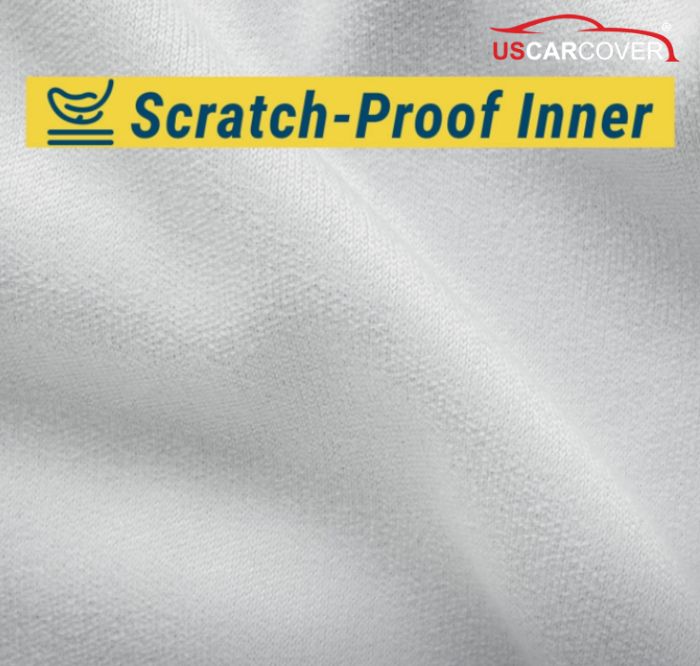
Many scratches do not come from big hits, but from small, repeated motion between fabric and paint. With Geo cars that have thin paint, or a car that was recently resprayed, the risk is higher. Here, cover design and your handling matter together.
Design: Look for recessed seams so the liner lies flat without hard ridges, soft hems so the edge does not act like a blade, mirror pockets for instant alignment, and underbody straps to hold steady in wind. These details turn the cover into a “second skin” instead of a sail.
Handling: Skip “sideways yanking to adjust.” Use the rhythm set the nose, align mirrors, let it fall evenly, secure. Before covering, flick off large debris such as leaves or grit with a clean microfiber towel so you do not trap them under the liner. When removing, lift and fold in sections, and store in a breathable bag. These small motions decide 80 percent of real-world “scratch resistance."
Related Articles: Ferrari Car Cover: Custom-fit, scratch-resistant, breathable, safe for paint
Heavy rain and trapped moisture handled correctly: say no to mineral spots and musty odor

Rain and coastal mist carry minerals. If they get pressed between a sealed tarp and the surface, you will see mineral tracks on the compact Geo glass and along panel edges. Over time, trapped dampness can create a musty odor and even start light corrosion at metal lips and fasteners. The pivot is to choose an outdoor car cover that breathes, so vapor escapes gradually instead of getting locked in. The beading outer skin makes rain roll away, shortening the wet contact time on paint and glass.
The partner habits are decisive: try to let the car surface dry before covering; if the cover gets wet, air-dry it before storage. In coastal areas, gently shake off salt dust before folding so you do not carry salty dampness to the next session. In snow season, full-body coverage reduces direct ice build-up; next morning you remove the cover and clean quickly instead of scraping for long.
User experience: compact, light, quick so you actually use it daily
A good cover that is bulky quickly ends up sitting in the trunk. Friendly use starts with smart reference points: a clear nose, accurate mirror pockets, elastic hems, and quick underbody straps. After a few sessions, the workflow shrinks to four beats: set the nose, align mirrors, let it fall, secure. Fold it compactly into a breathable bag and it becomes a grab-and-go item, not a chore. Many owners find cover on and off takes less time than driving around to hunt for shade, with the bonus of a cooler cabin, a steering wheel and seats that do not burn, and a calmer mood when you return.
Related Articles: Bentley car cover: luxury, quality, finesse even while the car is covered
Crunch the benefits: fewer urgent washes, less polishing, longer-lasting interior, total cost trending down

Build a mental spreadsheet for the next 12 to 24 months. If covering helps you skip two to four emergency washes per month, stretch polishing intervals from 6 to 8 months out to 12, eliminate most mineral-spot cleanups, and cut sun load so the interior cracks and fades less, then cosmetic spending clearly drops. Meanwhile, you are not scraping heavy frost at daybreak and not venting a blazing cabin at noon for long, so the time saved adds up to hours over a season. When you sell, the extra resale value thanks to better surfaces and a tidy cabin is a “delayed profit” that is very real.
Preserve resale value: a small habit that makes a big difference when you sell
Used-car buyers read a car with their eyes: paint evenness, clear glass, interiors without cracks, plastics not faded. That feeling of a “well-kept car” is made of small details. When you use a Geo car cover correctly, the paint shows fewer micro swirls, glass shows fewer mineral spots, dashboards and trims age slower, and matte-black plastics do not gray out early. At sale time you cut pre-sale cosmetic costs, and you persuade buyers to pay a better price. For a clean or carefully restored Geo, a difference of just a few percentage points becomes meaningful money.
Related Articles: Dual-Ghia car cover for long-term storage: quick-dry, no musty odor, no soft-top mildew
Where to buy a Geo car cover for long-term peace of mind

A solid destination to consider is US Car Cover, because the way they approach real-world needs aligns with what Geo owners require: custom fit by model and year (Metro, Prizm, Tracker, Storm), options for ultra soft indoor covers for enclosed garages, and outdoor covers with UV resistance, breathability, water beading, and underbody straps for open lots. Beyond the product itself, shopper-friendly policies like flexible shipping, reasonable returns, and online support make it easy to start a daily covering habit with confidence. Most important, choosing the right fit the first time turns covering into a quick, compact, repeatable routine.
If you want to reduce maintenance, protect 90s dashboards and plastics, and preserve resale value, do not hunt for miracles at the shop. Start with one small habit and one correct cover. Four pillars make the difference: an ultra soft liner so micro contact does not become scratches; a custom fit that kills wind-driven flutter; a breathable fabric so moisture is not trapped; and a water-beading, UV-reflective outer skin that blocks water and solar energy at the surface. Combined with the clean, dry, gentle, stable routine, your Geo stays tidy, cooler, and intact. Cosmetic costs drop, time spent on upkeep shrinks, and resale value rises. It all starts with your very next pull of the cover.
